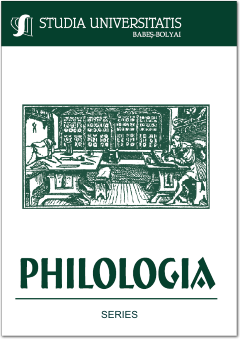EPIDEMIC AS METAPHOR: THE ALLEGORICAL SIGNIFICANCE OF EPIDEMIC ACCOUNTS IN LITERATURE
EPIDEMIC AS METAPHOR: THE ALLEGORICAL SIGNIFICANCE OF EPIDEMIC ACCOUNTS IN LITERATURE
Author(s): Mohammed Naser HassoonSubject(s): Comparative Study of Literature, Other Language Literature, British Literature, Italian literature
Published by: Studia Universitatis Babes-Bolyai
Keywords: epidemic; plague; The Decameron (Boccaccio); A Journal of the Plague Year (Daniel Defoe); King Pest (Edgar Allan Poe); The Last Man (Mary Shelley);
Summary/Abstract: Epidemic as Metaphor: The Allegorical Significance of Epidemic Accounts in Literature. Our paper searches for those common elements in selected literary representations of the plagues that have affected humanity. As a theoretical framework for our research, we have considered the contributions of Peta Michell, who equals pandemic with contagion and sees it as a metaphor; Susan Sontag views illness as a punishment or a sign, the subject of a metaphorization. Christa Jansohn sees the pest as a metaphor for an extreme form of collective calamity. For René Girard, the medical plague is a metaphor for the social plague, and Gilles Deleuze thinks that fabulation is a “health enterprise.” From the vast library of the pandemic, we have selected examples from Antiquity to the 19th century: Thucydides, Lucretius, Boccaccio, Daniel Defoe, Mary Shelley, Edgar Allan Poe, and Jack London. For Camus, the plague is an allegory of evil, oppression and war. Our paper explores the lessons learned from these texts, irrespective of their degree of factuality or fictionality, pointing out how the plague is used metaphorically and allegorically to reveal a more profound truth about different societies and humanity.
Journal: Studia Universitatis Babes-Bolyai - Philologia
- Issue Year: 66/2021
- Issue No: 3
- Page Range: 201-218
- Page Count: 18
- Language: English

